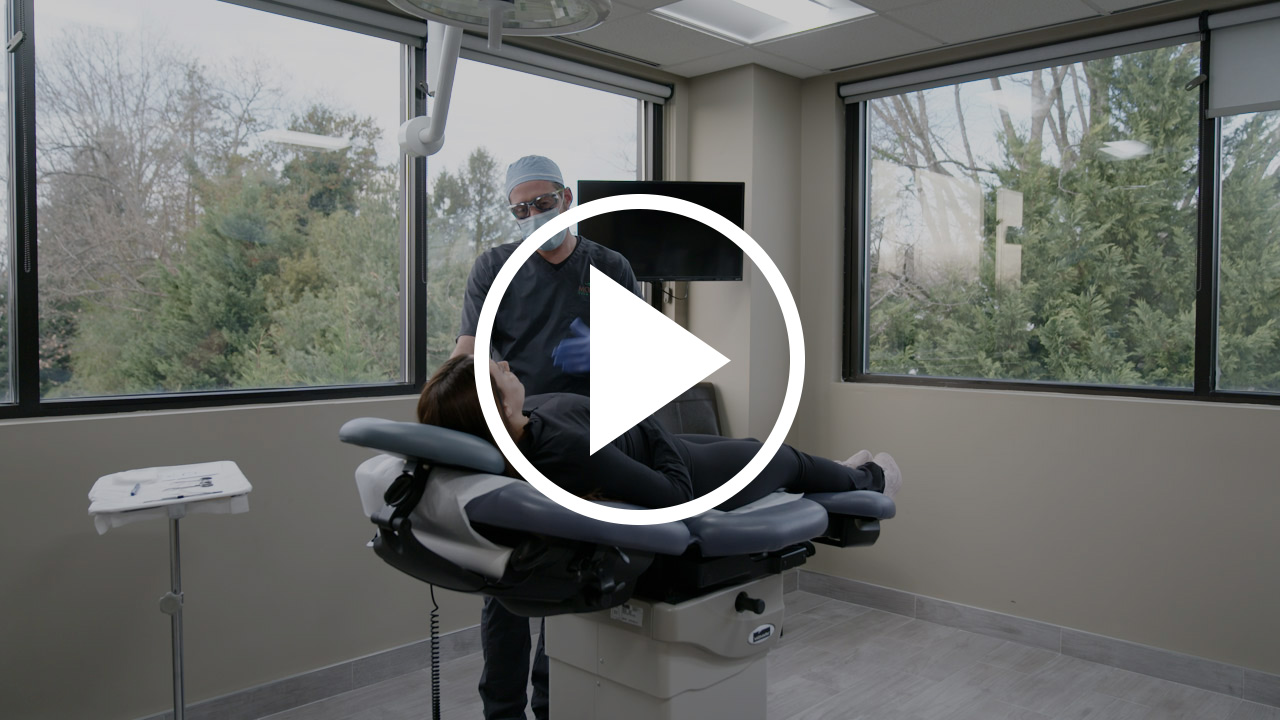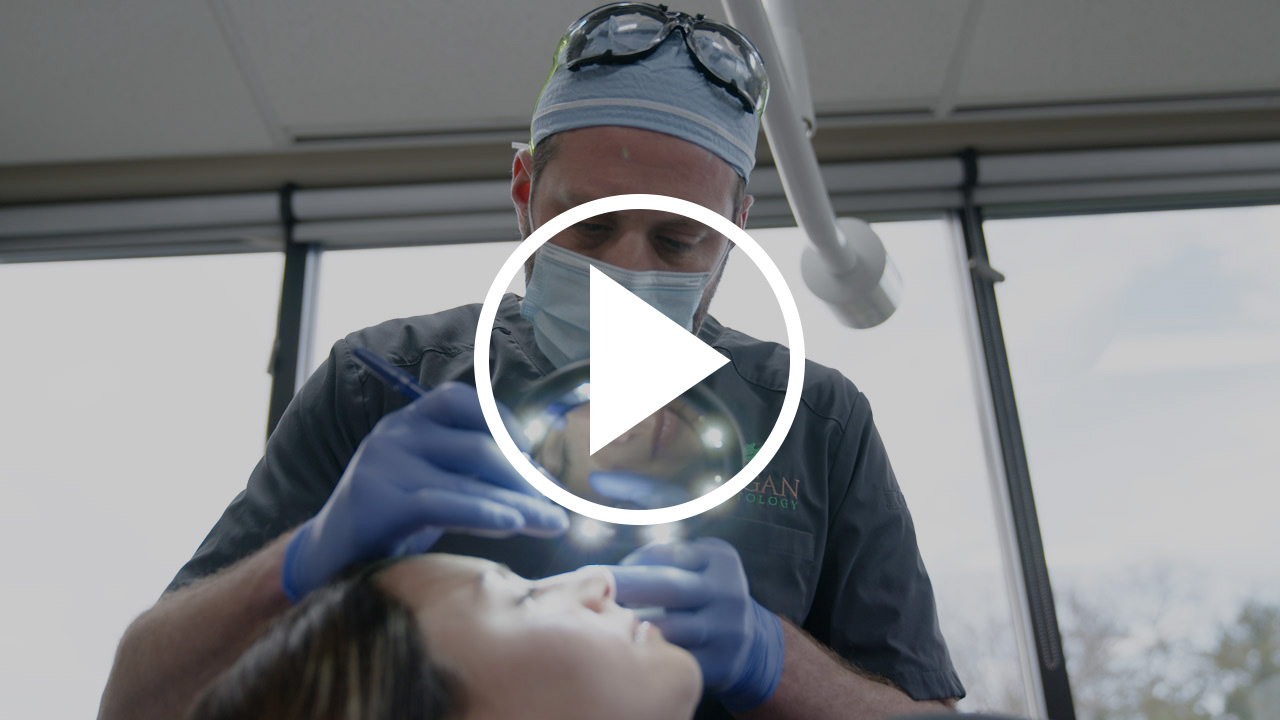

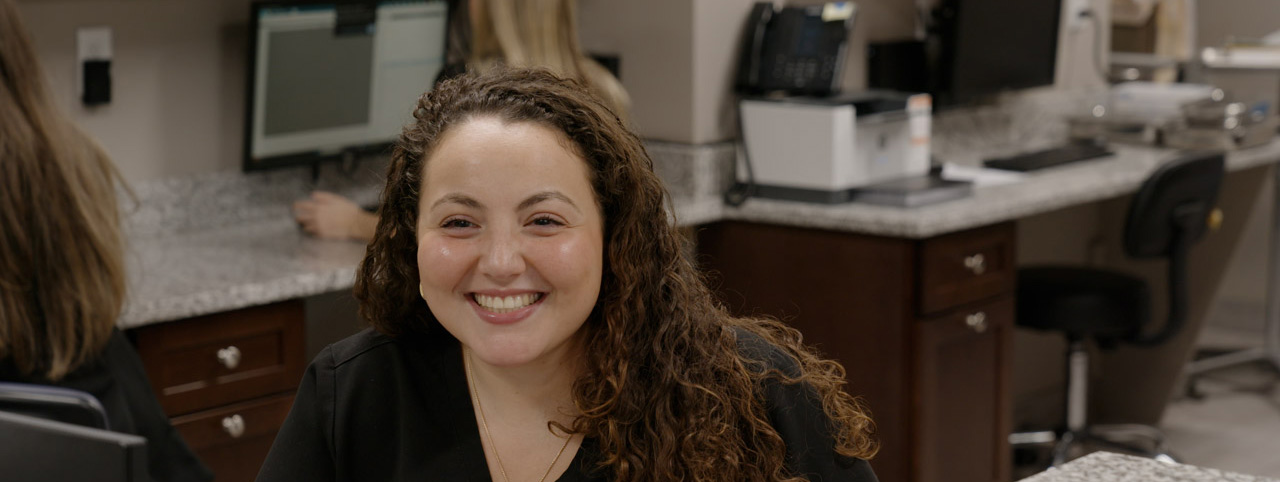
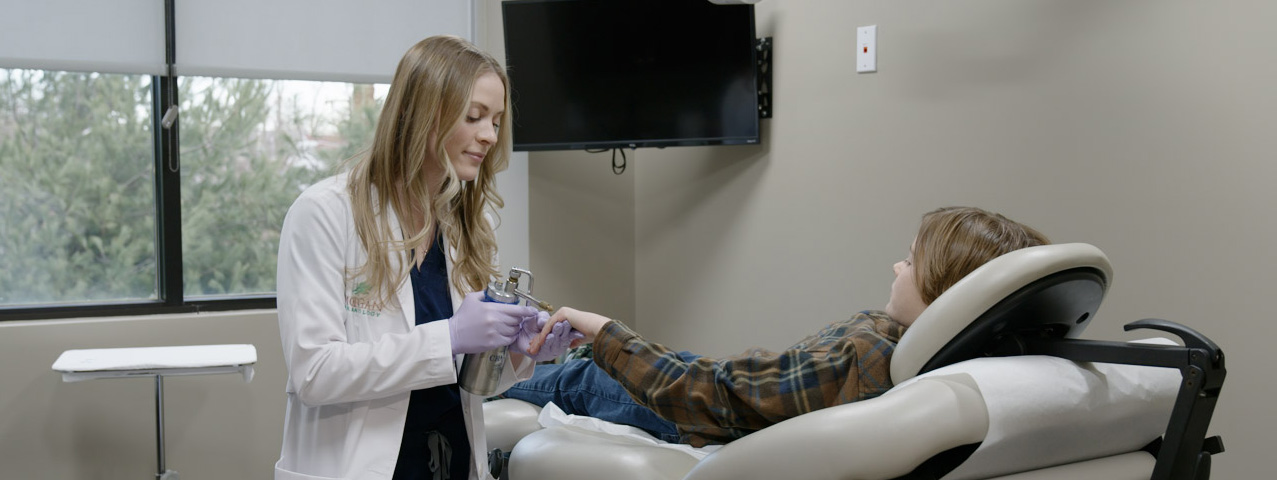
We provide comprehensive medical dermatology services and treatments
We focus on skin cancer prevention and treatment, including Mohs micrographic surgery
We perform a variety of cosmetic procedures for the hair, skin and nails
About Morgan Dermatology
We care for patients of all ages, genders and skin types by providigfhfhgffng thorough assessments and cutting edge treatments. Watch our video to learn more.Mohs Surgery
Mohs surgery is widely regarded as one of the most effective treatments for skin cancer due to its precision, high cure rate, and ability to preserve healthy tissue.
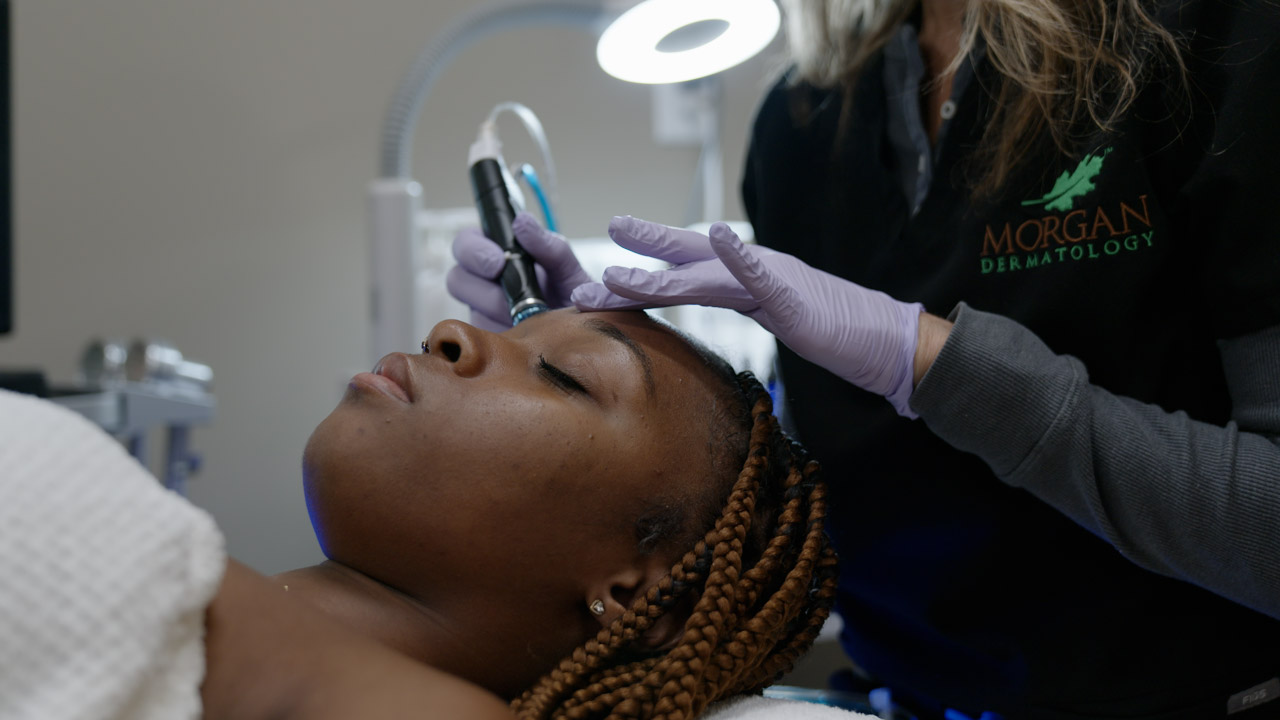
Trust Your Skin Health to Us
Our decades of experience cross many specialties in dermatology:
- Medical Dermatology like acne, eczema, allergies, and other skin ailments.
- Cosmetic Dermatology like Botox and fillers, hair removal and restoration, beauty treatments, and more.
- Surgical Dermatology for skin cancers of all types and stages.
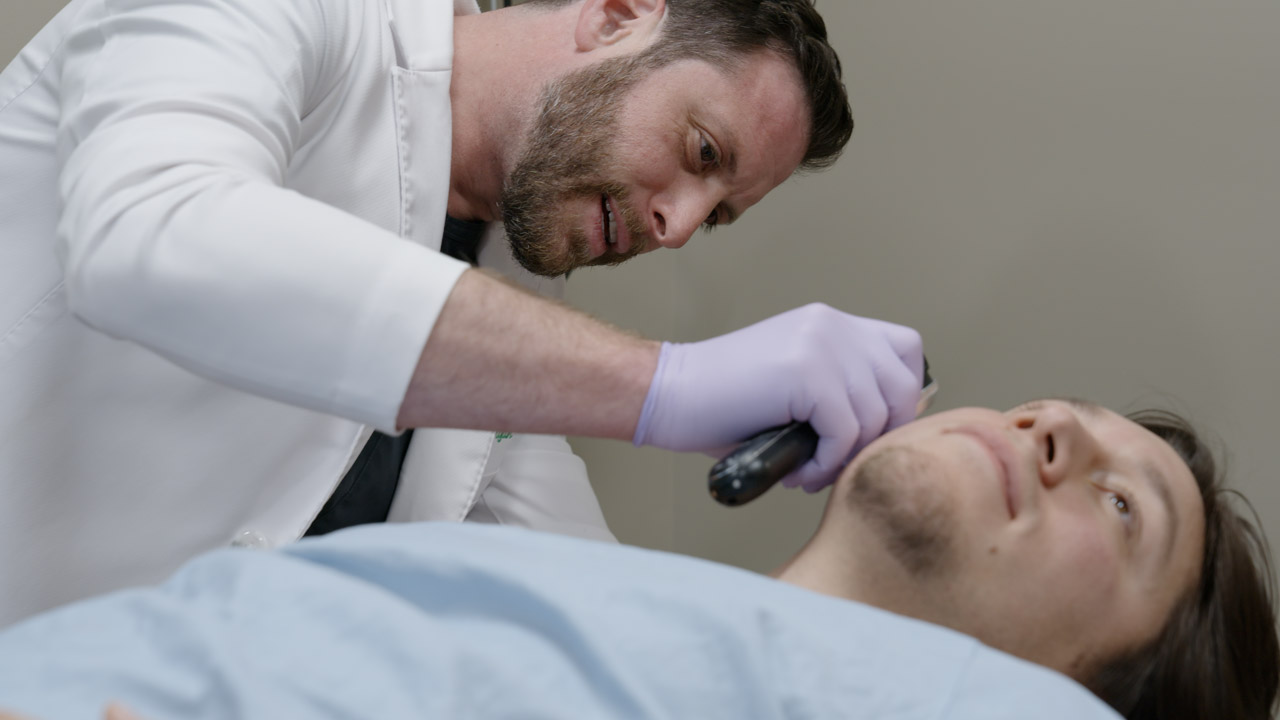
Let Us Show You the Future of Your Skin Health
At our dermatology clinic in Neptune, NJ, we use advanced technology to examine your skin for your overall skin health.
- Symptoms of skin ailments like acne and eczema.
- Signs of possible skin cancer like moles or actinic kerotosis.
- Beauty treatments like HydraFacial and skin rejuvenation. Laser hair removal and hair restoration. Botox, fillers, IPL, and more.
We customize each treatment for you and your individual skin type. Together we develop a plan that's right for you.
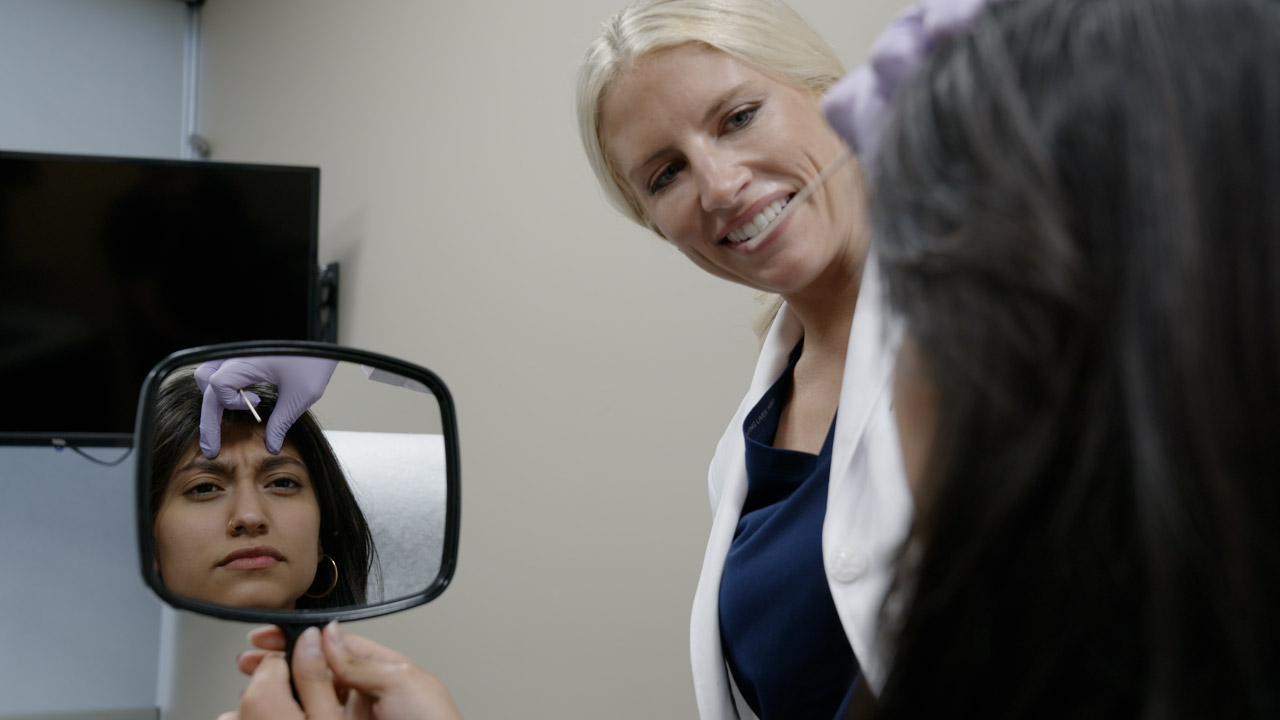
Protect the Skin You Have. Get the Skin You Want
Call now for a skin cancer screening, patch testing for skin allergies, and other questions. Check out your options for the cosmetic procedures you've been dreaming of. Let our friendly, professional staff show you how you can have healthier, more younger-looking, more radiant skin.
Most Insurances Accepted

